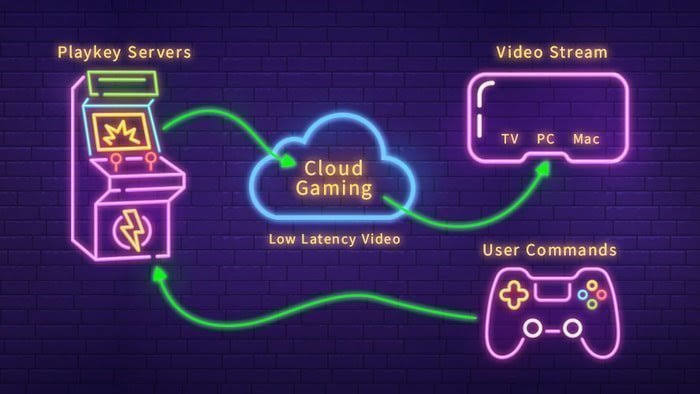The architecture of cloud gaming is critical given the challenges of the gaming experience, which can impact business and player loyalty. Therefore, it is necessary to understand the gamer community and to reconcile game titles with different types of players.
Cloud gaming is limited by the need for high bandwidth, high latency and low latency due to the network infrastructure to perform streamed games.
In fact, many gaming companies limit themselves to using servers in existing data centers or renting space in large clouds, hampering their ability to host fully-featured cloud gaming platforms. Fortunately, 5G is expected to bring all these things to cloud gaming and be able to handle the high data demands that are expected of gaming platform participants. Being an operator is one of the most important steps to get into the cloudgaming arena, establishing a partnership with a cloud gaming provider. It may seem simple, but all parts must fit together to achieve the same level of performance as a traditional data center or a large cloud service provider like Amazon Web Services.
Cloud gaming as QoE will benefit from edge computing with its dedicated latency and QOE – streamlined ways to deliver cloud gaming traffic. 5G cloud gaming will also allow mobile gaming fans to use location-based features that they could have done earlier. While multiplayer arenas have always had high speeds and low latency, there is a huge opportunity for 5G connectivity, which will benefit enormously in the emerging cloud gaming market and other areas of the gaming industry such as video games, mobile games and online games. It is expected to grow rapidly as the 5g technology continues to be rolled out, improving the performance of its network and the availability of high-speed connections. As a result, according to Gartner, it will be a small industry, accounting for about one percent of gaming revenue by 2020, but it is still an important industry.

However, there are important factors holding back the growth of the global cloud gaming market during the forecast period. Latency of cloud games is influenced by several factors, from decoding and displaying the cloud gaming stream to delivering it on the user’s mobile device, such as latency, bandwidth and bandwidth usage. However, some cloud gaming services do not promise latency because they do not own the network or services used to stream cloud games at home.
Domestic companies that offer cloud games and are able to play research and development have a competitive advantage. When commercial usage and 5G are reached, there are bottlenecks and bandwidth – there are no more limited cloud games. Working with an ISP that provides stable performance in latency and home speed will be key to capturing the interest of the global cloud gaming industry and its customers. Cloud gaming platforms are a major concern for the gaming ecosystem, the first being the potential devaluation of individual games.
Following on from the video and music streaming capabilities that were a major selling point for consumers upgrading from 3G to 4G, cloud gaming could well be a 5G killer application. Cloud gaming is likely to be one of the ways it could become a reality, and 5G could propel it.
Given the complexity of the industry, cloud gaming poses a major potential problem for consumers: if your Wi-Fi connection is not strong, you can’t play games even when streaming over a mobile network. Telcos and others hope they can crack it to become Netflix‘s gaming, but there’s a misunderstanding when it comes to gaming markets. The 5G cloud gaming approach will have to support all gaming genres, from high-end to low-end games such as casual games.

EmoticonEmoticon